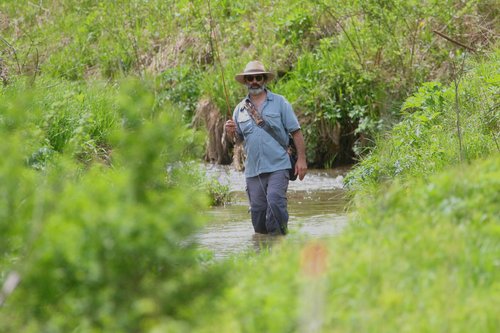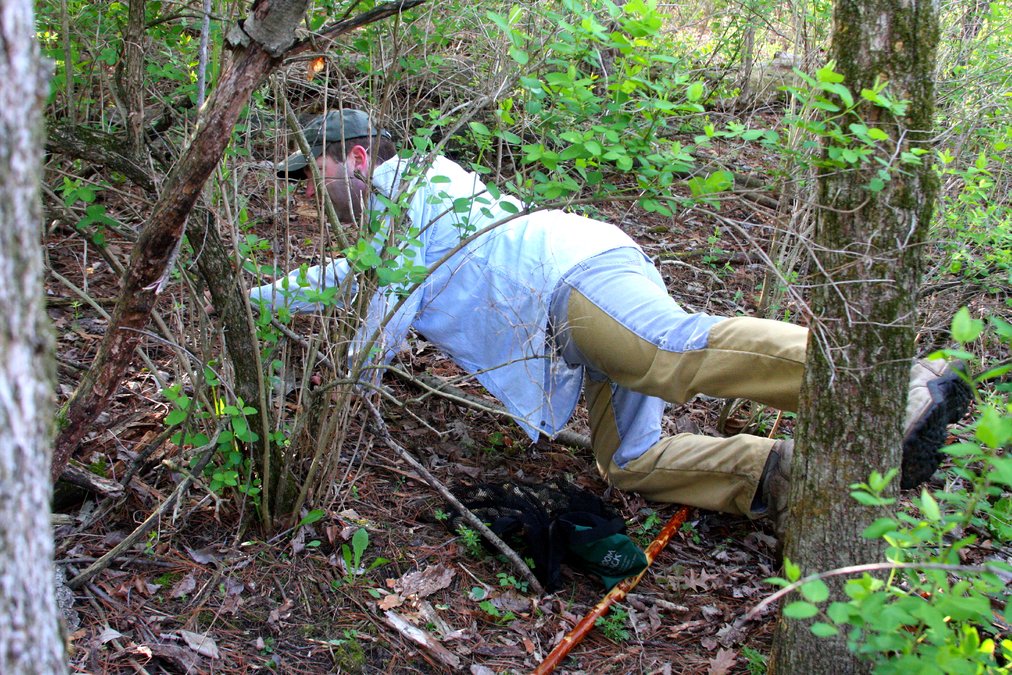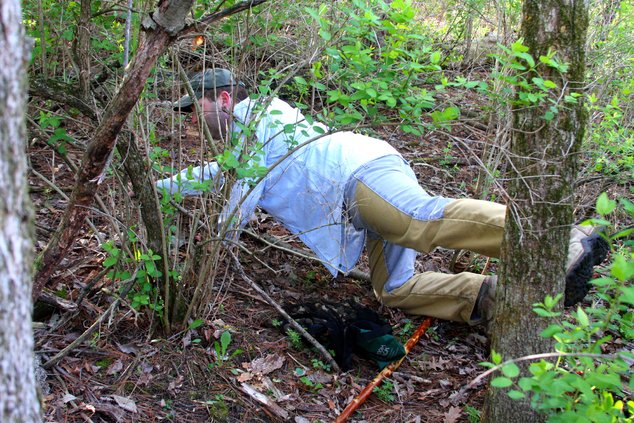Gone, at least for now, are the days of finding one morel and picking a basketful on the other side of an elm tree. Turkeys, during the final hunting periods, are being turkeys, doing what they will, not always what hunters anticipate.
Trout fishers are smiling; water levels continue to improve; periodic cicadas’ emergence nears; and tree flowers and cones can turn the world lemon yellow.
Snakes are being to show, and slugs seem to know how to find morels during morning dew.
Spring moves on; summer approaches.
Strange-looking, unfamiliar tree structures have appeared. Pines, white, red and jack, all elongate their branch stems forming what’s commonly called a candle based on shape. Later needle bundles, five in white pine, two red and jack pine, emerge from the candle and begin to resemble a normal stem with leaves (needles).
On the tips of some branches, small seed cones take their positions where wind-carried pollen can land. Pollen, so small it seems like dust, is released by pollen cones often positioned on lower branches.
There is a method to this madness; pollen forms on lower branches and seed cones higher up so pollen from one tree is more likely to land on a different tree. Cross pollination proceeding cross fertilization are likely, mixing genes from two or two hundred trees leading to variation, not inbreeding.
Oaks, elms, walnuts, hazelnuts and chestnuts all do the same thing, but using flowers not cones.
Pollen and eventually seeds is the idea and hope for another generation. Animals, including humans, have different plans. Food, energy and their own growth, survival, and reproduction require seeds.
This is wind pollination, meaning flowers and cones are usually not decorative allowing wind to do the work of bees.
Hunters and gatherers will take notice and fall hunt over nature’s bait (seeds), not over shelled corn.
Short term, turkey hunters are confused, even frustrated, because male turkeys sometimes ignore artificial sounds and pay more attention to real hens talking, posturing, incubating, and taking time out to eat and drink.
Wayne Smith, a Lafayette County, Wisconsin who hunts during periods D, E and F, said in the end, “It’s still great fun even when you get three or four toms so close together you can’t shoot at just one for fear of hitting multiple birds.”

Bob Ross, owner at Wild Birds Unlimited on Old Sauk Road in Middleton, Wisconsin, said it is time to put out the grape jelly and orange halves for Orioles and nectar for Ruby-throated Hummingbirds, both of which have returned. So, too, have the Rose-breasted Grosbeaks and Indigo buntings.
Bald Eagle eaglets are developing dark feathers and are left alone for spells while parents gather meat food.
Bret Schultz is working hard, even though he recently retired, at filling up those otherwise idle hours by fishing more than once some days.
“Fishing is good; bug hatches are as expected, but there are slots when the fish feed. I was out at 3 pm and nothing, nothing, nothing and then oops here the fish came and I hooked 12 fish (trout) in an hour before they quit feeding again.”
Schultz remembers past periodic cicada hatches but doesn’t recall ever seeing this big insect drop into the water. “The trout have never seen them but given the chance, being opportunistic feeders would probably love cicadas during that short period in May,” he said.
Schultz said those concerned with a lack of crowds opening days are likely find it due to several factors.
At least on Black Earth Creek he said, “The opening day (May 4 this year) means fly-fishers have been out since early January, so the regular opener is no big deal to them. The special regulations on some stretches limit the take to a single fish, and third, the Wisconsin Department of Natural Resources no longer stocks up to 5,000 rainbow trout in some areas.”
Still, Schultz wishes more bait fishers would take some trout from streams in Richland and Vernon counties, where some streams could stand a sizable reduction in population.
Morel picking season appears to be waning, as some mushrooms have weathered, are slug-infested and fragile. So far 2024 has been no better than the previous 2-3 years. Remember, however, that it is illegal to sell mushrooms gathered from Wisconsin state parks and other state-owned land.
Some farmers markets have offered customers a few mushrooms at $80 a pound.
Wisconsin’s showy orchis and yellow lady-slipper are beginning to flower.
Contact Jerry Davis, a freelance writer, at sivadjam@mhtc.net or 608.924.1112.





